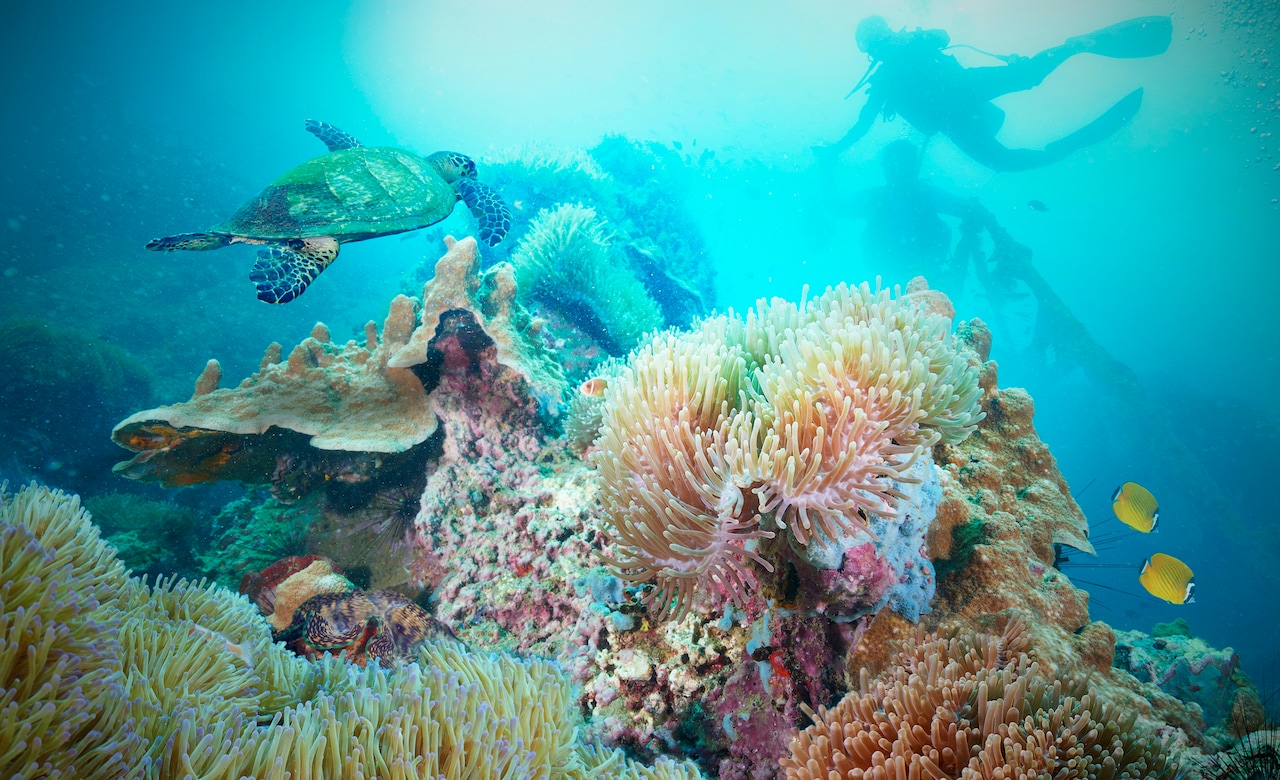Welcome to Facts Vibes! Today, we’re diving into the enchanting world of the northern lights. Join us as we uncover fascinating facts about the aurora borealis, perfect for curious young minds. Let’s embark on a mesmerizing journey through the sky and explore the magic of this natural wonder.
Mystery and Magic: Exploring the Northern Lights
Mystery and Magic: Exploring the Northern Lights
The Northern Lights, also known as Aurora Borealis, possess an ethereal and captivating quality that has intrigued people for centuries. This awe-inspiring natural phenomenon occurs when charged particles from the sun collide with the Earth’s atmosphere, creating a breathtaking display of colorful lights dancing across the sky.
Witnessing the Northern Lights is truly a magical experience that leaves an indelible impression on those fortunate enough to witness it firsthand. The vibrant hues of green, purple, and blue swirling and shifting overhead create a surreal and enchanting spectacle that seems almost otherworldly.
Many cultures have mythological and spiritual interpretations of the Northern Lights, considering them as omens or spirits dancing in the heavens. This mystical element adds to the allure and enigma surrounding this celestial marvel, further fueling our fascination with its existence.
Exploring the Northern Lights opens a gateway to a world of wonder and mystery. The quest to experience this natural wonder takes travelers to remote and rugged landscapes, where they can marvel at the celestial display against a backdrop of snow-capped mountains, icy fjords, or expansive tundra.
Photographers and artists are drawn to the Northern Lights as a subject of inspiration and fascination. Capturing the ephemeral beauty of the auroras through photography and art allows us to preserve and share the enchantment of this phenomenon with others around the world.
In conclusion, the Northern Lights stand as a testament to the mesmerizing beauty and inexplicable wonders of the natural world. Exploring this mystical spectacle offers a profound connection to the Earth and the universe, evoking a sense of awe and reverence for the unseen forces that shape our planet and infuse it with magic and mystery.
Most popular facts
The Northern Lights are also known as Aurora Borealis.
Yes, the Northern Lights are also known as Aurora Borealis.
They can be seen in countries near the North Pole, such as Norway, Sweden, Finland, and Canada.
They can be seen in countries near the North Pole, such as Norway, Sweden, Finland, and Canada.
The lights are created when electrically charged particles from the sun enter the Earth’s atmosphere.
The lights are created when electrically charged particles from the sun enter the Earth’s atmosphere. electrically charged particles from the sun enter the Earth’s atmosphere to create the lights.
The colors of the Northern Lights can include green, pink, purple, and blue.
The colors of the Northern Lights can include green, pink, purple, and blue.
In ancient times, people believed the Northern Lights were magical or caused by spirits.
In ancient times, people believed the Northern Lights were magical or caused by spirits.
The best time to see the Northern Lights is during winter when the nights are longer and darker.
The best time to see the Northern Lights is during winter when the nights are longer and darker.
Scientists have discovered that the Northern Lights also occur on other planets in our solar system.
Yes, scientists have discovered that the Northern Lights also occur on other planets in our solar system.
The Northern Lights can sometimes make a sound, like crackling or hissing.
Yes, the Northern Lights can sometimes make a sound like crackling or hissing.
The shape of the Northern Lights can change quickly, creating a dancing effect in the night sky.
The shape of the Northern Lights can change quickly, creating a dancing effect in the night sky.
The Northern Lights are more likely to be seen closer to the Arctic Circle than the equator.
True.
Different cultures have different legends and stories about the Northern Lights.
Yes, different cultures indeed have different legends and stories about the Northern Lights.
The scientific name for the Northern Lights is “Aurora.”
The scientific name for the Northern Lights is “Aurora.”
The Northern Lights are most often seen between 60 and 72 degrees North latitude.
The Northern Lights are most often seen between 60 and 72 degrees North latitude.
Solar activity, such as sunspots and solar flares, can affect the visibility of the Northern Lights.
Solar activity can affect the visibility of the Northern Lights.
There are tours and experiences specifically designed for people to see the Northern Lights.
Yes, there are tours and experiences specifically designed for people to see the Northern Lights.
In conclusion, the Northern Lights are a fascinating natural phenomenon, offering an awe-inspiring spectacle of dancing colors across the night sky. Learning about the science behind the auroras can inspire curiosity and interest in the natural world, encouraging children to appreciate the wonders of our planet and beyond. Whether viewed in person or through educational materials, the magical Northern Lights are sure to leave a lasting impression on young minds.
